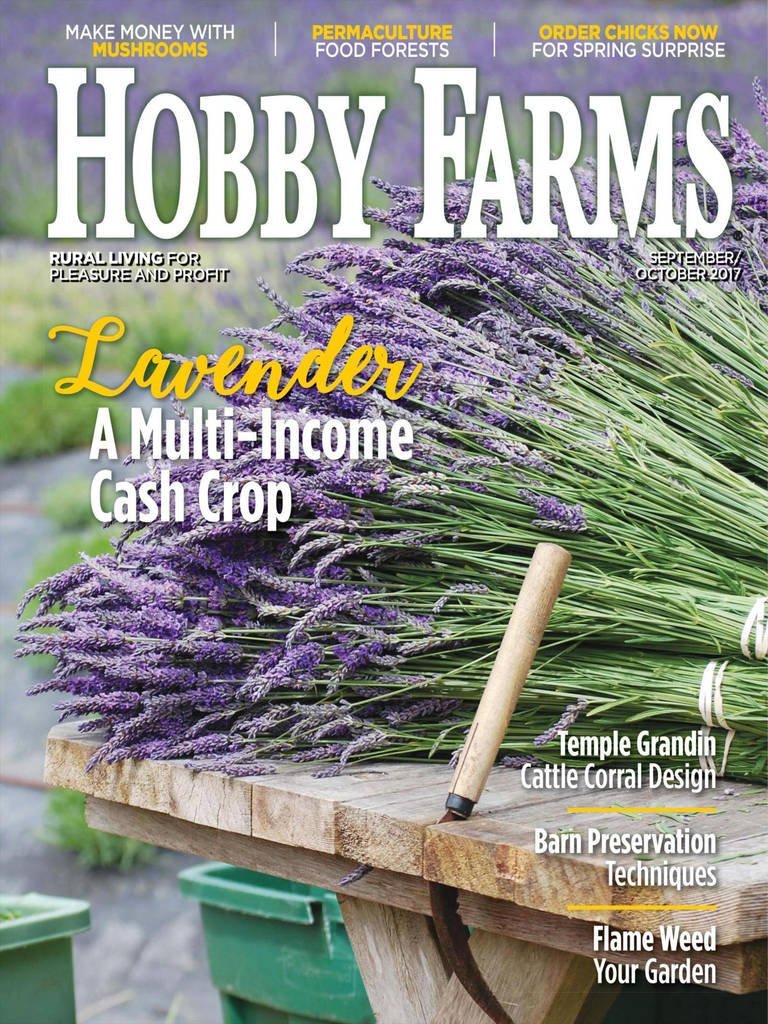


On an initial glance, Marjorie has made a profit in the year to 31 December 2011 after five consecutive years of losses. The application of this rule can give unexpected outcomes, as illustrated by the example of Marjorie Brown, found in HMRC’s manuals, BIM85630. This ensures that the rules cannot be manipulated by changes in accounting reference dates. The five year rule is very specific – ITA 2007 s 67 denies sideways loss relief if losses have been made in each of the previous five tax years, not accounting periods, before any claims for capital allowances. On the contrary, common sense suggests the conclusion that farming is prosperous, that genuine farming losses are not on the increase and that what has been on the increase in recent years are hobby-farming losses’. In the Parliamentary debate on an earlier 1960 restriction that required trading losses to be offset to have arisen on ‘a commercial basis and with a reasonable expectation of profit’, Anthony Crosland MP is quoted as saying, ‘it is impossible to believe that farming is growing less and less prosperous every year so that genuine farming losses are growing. The theory was that genuine farmers wouldn’t make losses, and therefore wouldn’t be impacted. The ‘five-year rule’ was introduced in 1967, specifically to prevent hobby farmers claiming to be farming and offsetting the losses against their other income, thus generating a tax saving.

Five-year ruleĪdditional rules apply to losses generated from farming. These claims can be made if the profits for one year are less than 75% of the other and can provide valuable tax relief for farmers who remain profitable but may be subject to tax at different rates year on year. Recognising the potential for fluctuating farming profits, farmers are able to elect to average their profits over either two or five tax years (ITTOIA 2005 s 221 et seq). Similarly, the extended carry-back rules for losses arising in early years of trading and on cessation also apply to farmers.Ĭlaims for sideways loss relief are capped in the normal way under the rules for non-active traders (being those engaged for less than 10 hours a week) in ITA 2007 s 74A (applied to individuals by Finance Act 2008) and are subject to the normal rules on trading commercially with a view to realising a profit contained in ITA 2007 s 66. Under these rules, losses from the continuing trade can be set against other income of the same or the previous tax year under ITA 2007 s 64, and/or capital gains of either the same or the previous tax year under ITA 2007 s 71 and TCGA 1992 s 261B, subject to the loss relief capping rules found in ITA 2007 s 24A. Profits and losses are calculated for farmers in the same way as for other trades, with loss relief being available under the normal rules. This distinction is important and can have an impact on the loss relief position. However, this does not mean that all the activities carried out are farming – it may be that the farming activities make a loss, whilst the other activities are profitable. Therefore, it is not possible to have, say, separate cattle and sheep rearing trades, although in practice there may be scope for a farmer to have two, geographically distinct farms. ITTOIA 2005 s 9(2) generally requires that all the farming activities of a trader in the UK are aggregated and treated as one trade. In practice, there are areas that are clearly within the definition (for example, livestock rearing and the growing of crops), but as farmers increasingly seek to diversify, it is becoming more common for them to have multiple activities and sources of income (for example, from feed-in tariffs for solar panels sited on their land or renting a surplus field for caravan storage).

The definition of ‘farming’ in ITA 2007 s 996 is ‘the occupation of land wholly or mainly for the purposes of husbandry but does not include market gardening’, albeit that the following rules also apply to market gardening trades as defined. This article considers the income tax aspects of loss relief for farmers. The rules can also be restrictive, such as where the five year rule denies sideways loss relief if losses have arisen in the five consecutive previous tax years. Providing a farmer’s trade meets the normal commerciality tests, these additional rules can offer benefits, such as the ability to average their profits over two or five years (thus giving relief against significant annual fluctuations). As well as being governed by the normal loss relief rules for trading businesses, additional rules apply in respect of farming trades.


 0 kommentar(er)
0 kommentar(er)
